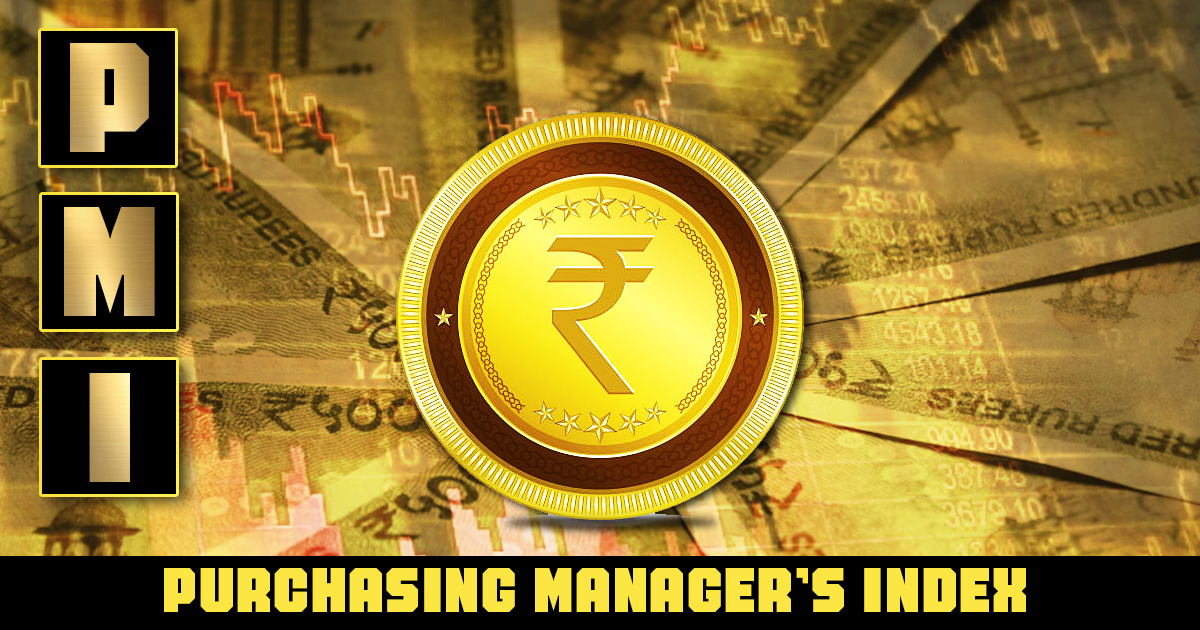
TABLE OF CONTENTS
News:
Business activity in the services sectors likely clocked their fastest expansion in more than 13 and a half years in March, aided by a record uptick in export orders, as per the HSBC India Services Purchasing Managers’ Index (PMI) which rose to 61.2 from February’s 60.6.
Concept :
- The Purchasing Managers’ Index (PMI) is an economic indicator that measures the health of the manufacturing or services sector within an economy.
- It provides valuable insights into business conditions based on survey responses from purchasing managers in various industries.
Calculation:
- The PMI is calculated based on survey responses to key indicators, typically including factors such as new orders, production levels, employment, supplier deliveries, and inventories and these indicators are weighted and aggregated to generate a single index number, typically ranging from 0 to 100.
- A PMI reading above 50 indicates expansion in the sector, suggesting improving business conditions.
- A PMI reading below 50 indicates contraction, signaling deteriorating business conditions.
- A PMI reading at 50 suggests the sector is neither expanding nor contracting, indicating stability.
Components of PMI:
- New Orders:
- Measures the level of new orders received by businesses. Increasing new orders indicate growing demand, while decreasing new orders may signal weakening demand.
- Production Levels:
- Reflects the level of production activity within the sector. Rising production levels indicate increased output, while declining production levels may indicate a slowdown in activity.
- Employment:
- Indicates changes in employment levels within the sector. Increasing employment suggests expansionary conditions, while decreasing employment may indicate contraction.
- Supplier Deliveries:
- Measures the speed of deliveries from suppliers to businesses. Slower deliveries may indicate supply chain disruptions or increased demand for inputs.
- Inventories:
- Reflects changes in inventory levels held by businesses. Rising inventories may indicate overproduction or slowing demand, while falling inventories may suggest increasing demand.
PMI Releases:
PMI data are typically released on a monthly basis by various private research firms and industry associations. Major PMI releases include the Manufacturing PMI and the Services PMI, each providing insights into the respective sectors.
 Chinmaya IAS Academy – Current Affairs Chinmaya IAS Academy – Current Affairs
Chinmaya IAS Academy – Current Affairs Chinmaya IAS Academy – Current Affairs
